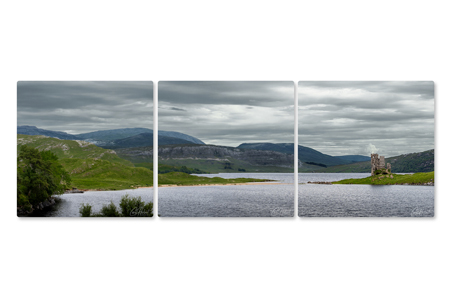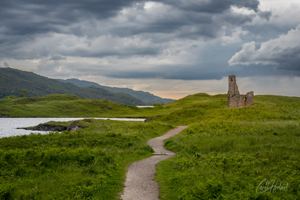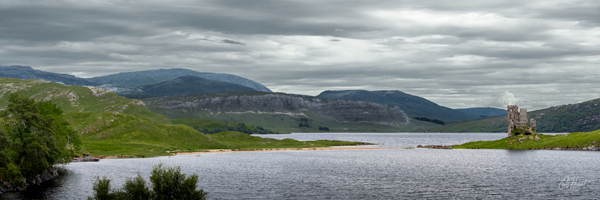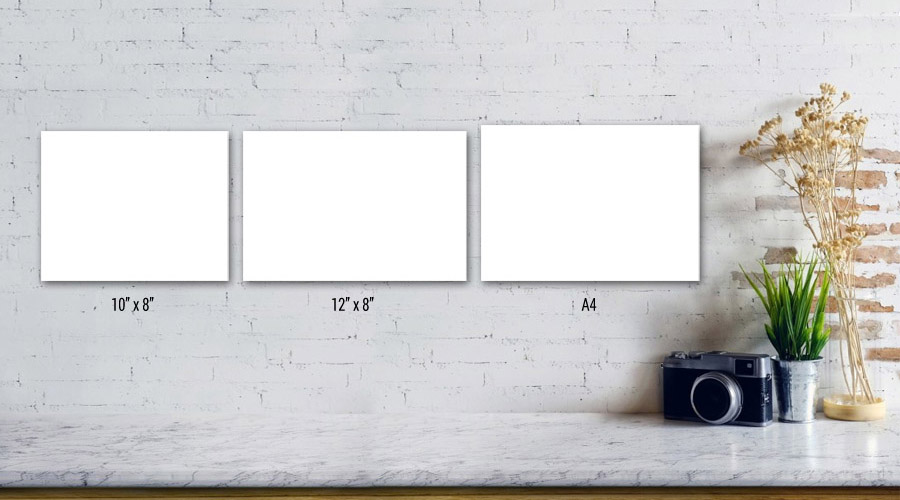
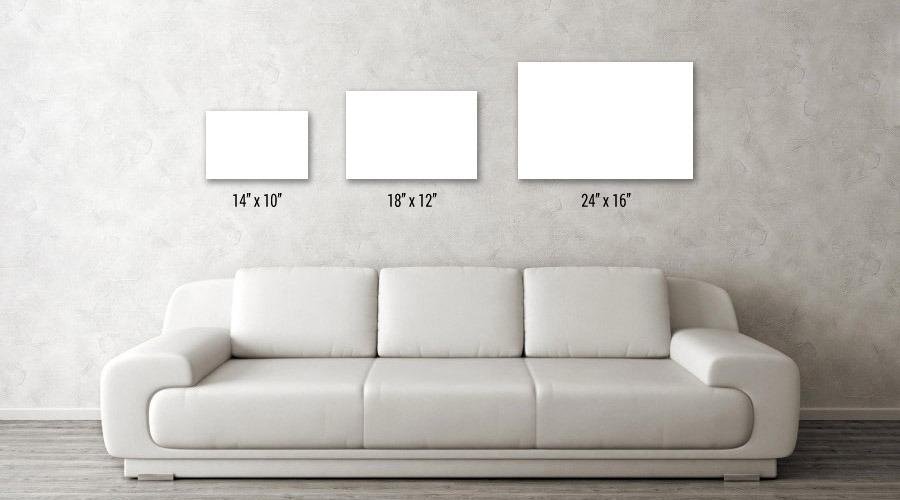


Calda House Lairg Metal Composite Wall Art
Calda House Lairg Metal Composite Wall Art Prints.
Experience gallery-quality wall art with this premium Dibond-mounted print, designed for exceptional sharpness, durability, and a sleek modern finish. Choose from three high-quality paper options:
- Lustre Photographic - A semi-matt finish with a soft, speckled sheen that reduces glare and enhances detail.
- Gloss Photographic - An ultra-gloss finish that deepens contrast and intensifies colours for a striking visual impact.
- Fine Art Matt - A premium 308gsm Hahnemühle paper with a smooth, chalky texture and ultra-matte finish, providing rich colours and a three-dimensional depth to your image.
Each print is mounted onto a sturdy 3mm Dibond base, featuring a slim aluminium panel reinforced by a strong yet lightweight black acrylic backing. This rigid construction ensures long-lasting stability while maintaining a sleek, professional look.
18" x 12 and 24" x 16" sizes come complete with a hidden subframe which creates a modern floating effect when hung on the wall. Adjustable wall hangers are pre-attached, allowing for easy installation on any existing hook or screw. These hangers provide up to 10mm of adjustment both vertically and horizontally for effortless positioning.
A4 and 12" x 8" sizes will come with Velcro hanging strips - a popular and simple solution for displaying light weight prints.
Supplied without a border unless otherwise specified.
Optional lamination is available in satin or gloss to match your chosen paper, offering additional protection. However, lamination is not recommended for Fine Art Matt paper, as it will obscure its authentic texture.
The use of acid-free papers and archival inks ensures that your print will last a lifetime without fading or loss of color.
Calda House, a once magnificent Georgian mansion, graced the eastern shore of Loch Assynt in the Scottish Highlands. Constructed in 1726-27 by Kenneth MacKenzie of Assynt, the mansion aimed to provide comfort rather than defense, a departure from the cold and austere Ardvreck Castle nearby. This grand two-storey house with a double-gabled roof and a garden was a testament to opulence, but its lavishness led the family into debt.
Facing financial struggles, the MacKenzies were compelled to sell Calda House, sparking a fierce conflict with the Earl of Sutherland over control of Assynt. In 1737, loyal MacKenzie supporters took drastic action, setting the mansion ablaze to thwart its use by the Sutherlands. Tragically, the inferno reduced Calda House to ruins, and it was never rebuilt.
To reduce the load on mobile data the image has been uploaded at a reduced dpi, which may affect how some detail is displayed. All images are printed at 300dpi or higher. Depending on the calibration of your screen, image colours and brightness may appear less vibrant than the actual print.



